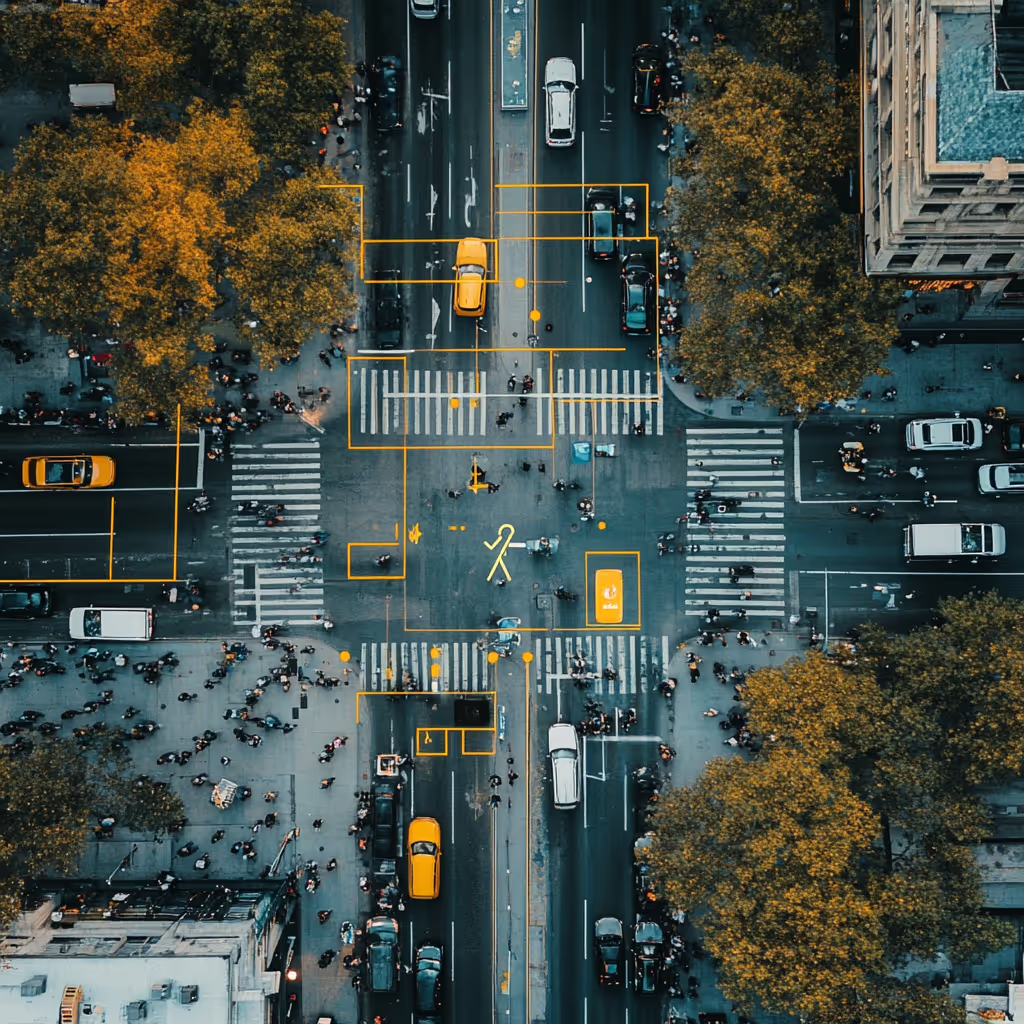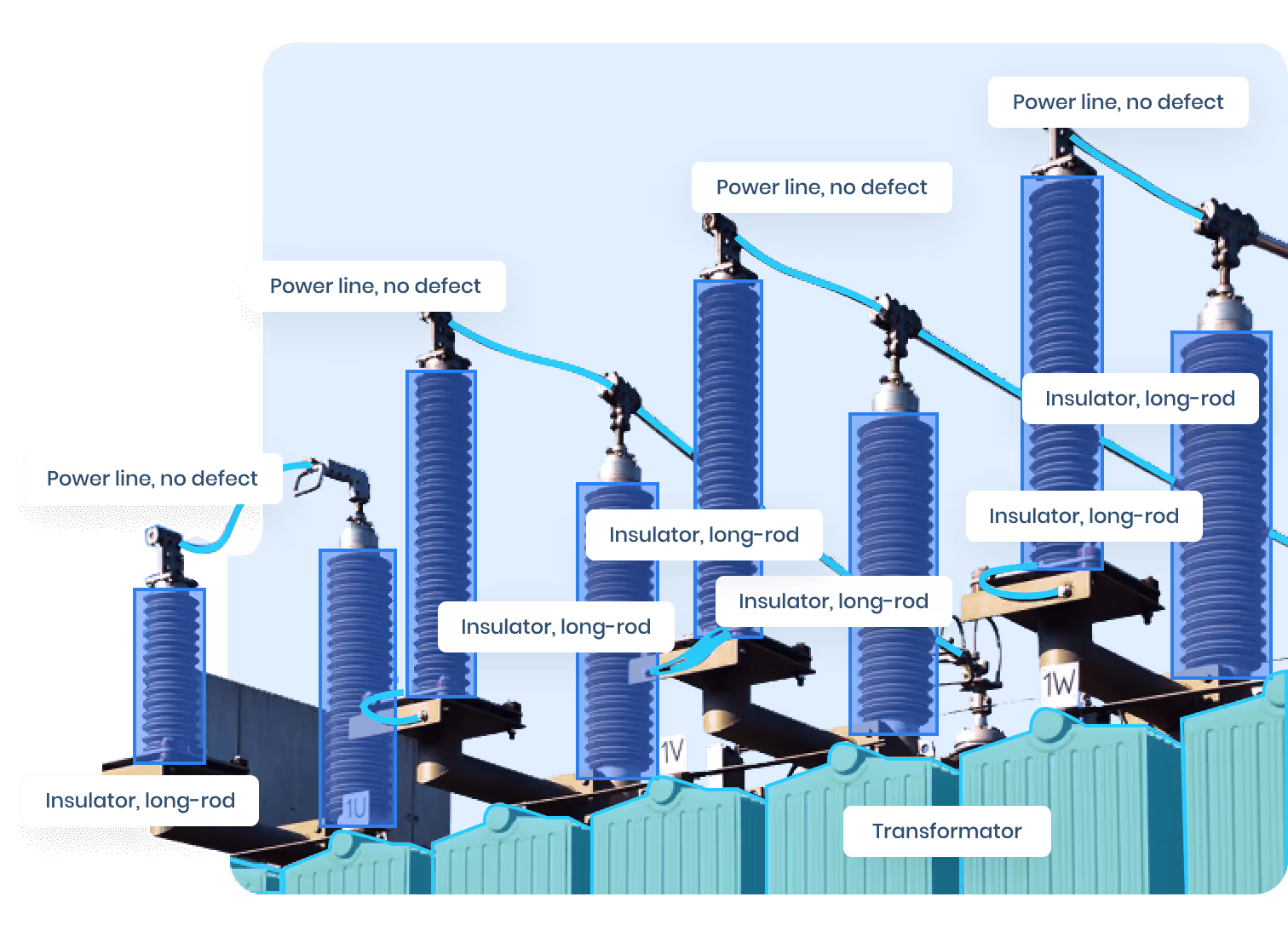Artificial intelligence is transforming how surveillance footage is processed and understood. From security systems to crowd analytics, the rise of CCTV annotation enables machines to extract meaningful patterns from video streams. Yet, as this technology evolves, so too does the scrutiny around how personal data is handled.
For companies in the UK, the stakes are high. Without privacy-compliant labeling protocols in place, you risk not only regulatory penalties under the GDPR and Data Protection Act 2018—but also public backlash and loss of trust. Embedding UK AI ethics into your development process is no longer optional; it’s a competitive necessity.
Why Privacy in CCTV Annotation Cannot Be an Afterthought
CCTV footage is rich in real-world data, but that data almost always includes identifiable individuals—faces, behavior, gait, license plates, and more. Annotating this footage for AI training means exposing those individuals to potential profiling, misuse, or unintended reidentification.
When done without privacy-compliant labeling, annotation can lead to severe consequences:
- Breaches of personal privacy
- Violation of legal rights under GDPR
- Discrimination and bias in downstream AI models
- Loss of public trust or media scandals
To mitigate these risks, businesses must build systems that reflect strong UK AI ethics—balancing innovation with integrity and transparency.
Understanding the Legal Backbone: GDPR and the Data Protection Act
In the UK, AI development using CCTV footage is governed by two main legal frameworks:
- UK GDPR (which incorporates the core principles of the EU GDPR)
- The Data Protection Act 2018
These laws categorize CCTV footage as personal data and set strict conditions for processing it. If your team is involved in CCTV annotation, these are the key principles you must follow:
- Lawfulness, fairness, and transparency: You must inform individuals how their data is used, even if it’s collected passively via cameras.
- Purpose limitation: Data must only be used for the specific reason it was collected.
- Data minimisation: Only annotate what’s necessary—avoid labeling unnecessary identifiable features.
- Storage limitation: Set clear retention periods and delete data systematically.
- Integrity and confidentiality: Protect your annotation platforms, personnel, and storage systems against breaches.
Failing to meet these criteria could result in fines or enforcement from the Information Commissioner’s Office (ICO).
Consent or Legitimate Interest? Clarifying the Legal Basis
UK law allows two main legal bases for CCTV annotation: consent and legitimate interest. For AI use cases, the latter is more common—but not always sufficient on its own.
If you choose legitimate interest, you must:
- Complete a Legitimate Interest Assessment (LIA)
- Demonstrate how your AI goals justify the processing of personal data
- Show that you’ve taken steps to reduce impact on individuals (e.g., through anonymisation or masking)
For public-facing environments (e.g., Retail stores or transport hubs), it’s critical to display visible notices about video capture and usage, helping maintain UK AI ethics through transparency.
Building Privacy-Compliant Annotation Workflows
CCTV annotation should never be treated as a purely technical task. It must be embedded into a larger workflow grounded in privacy-compliant labeling principles.
At the Data Collection Stage
- Use signage and privacy notices in all CCTV zones
- Avoid capturing unnecessary audio unless legally justified
- Enable in-camera anonymisation (blurring faces or license plates at source)
During Annotation
- Choose platforms with built-in privacy tools like face obfuscation and audit logs
- Keep annotation teams onshore or within GDPR-approved jurisdictions
- Implement clear access controls to ensure only trained annotators handle the footage
In Model Training and Deployment
- Use regular audits to prevent model leakage of sensitive features
- Incorporate differential privacy or federated learning where applicable
- Maintain strong separation between raw video and labeled datasets
These steps help ensure not just compliance—but also the alignment of your project with evolving expectations around UK AI ethics.
Risks of Inadequate Labeling Practices
When companies fail to uphold privacy-compliant labeling practices, they risk:
- Training models that memorize identifiable details
- Building biased algorithms based on age, gender, or ethnicity
- Facing media exposure due to surveillance misuse
- Creating unsafe working conditions for annotators handling sensitive footage
Moreover, if AI outputs can be reverse-engineered to identify individuals, your company may be held accountable—even if the raw video was deleted.
Navigating Facial Recognition and Ethical Limits
Facial recognition, especially when derived from CCTV footage, remains a highly sensitive use case in the UK. Even if your project doesn’t use facial detection explicitly, CCTV annotation workflows can still risk crossing ethical lines if not implemented carefully.
The ICO has flagged multiple cases of misuse, including:
- Live facial recognition without public consultation
- Profiling vulnerable groups without consent
- Lack of transparency in commercial deployments
If you’re developing models involving identity tracking, person re-identification, or behavior analytics, consider privacy-compliant alternatives such as:
- Labeling clothing or posture rather than faces
- Anonymising all identity markers during annotation
- Limiting frame frequency to reduce identifiability
By staying within ethical bounds, you future-proof your solution while reinforcing your commitment to UK AI ethics.
If you're working on facial blurring or biometric data, we recommend our Image Annotation with PII masking.
Using Synthetic Data to Minimise Privacy Risk
One powerful method of reducing dependency on real-world CCTV footage is by incorporating synthetic or augmented datasets. These alternatives:
- Recreate realistic scenes without real people
- Remove the need to process personal data
- Support bias control and edge-case coverage
This approach works especially well in Smart City simulations, indoor retail analytics, and crowd movement prediction.
By supplementing or replacing real footage, you enhance your privacy-compliant labeling strategy while still enabling rich model performance.
For CCTV analysis and people tracking, our Video Annotation tools offer accurate labeling while preserving privacy.
Data Protection Impact Assessments: A Must-Have
Any project involving CCTV annotation and surveillance-based AI should begin with a Data Protection Impact Assessment (DPIA).
A DPIA helps identify and mitigate privacy risks by:
- Mapping out data flows
- Documenting legal bases for data processing
- Analyzing risk severity and probability
- Detailing safeguards and mitigation strategies
The ICO provides DPIA templates that can streamline this process.
Completing a DPIA not only helps with GDPR compliance—it also strengthens your defense in the event of a legal inquiry or ICO audit.
Deletion Policies and Dataset Hygiene
AI datasets must be treated as dynamic and time-sensitive. A solid privacy-compliant labeling strategy includes lifecycle planning for annotation files, videos, and model artifacts.
Best practices include:
- Regular deletion of raw CCTV footage post-annotation
- Auto-expiry policies for annotated datasets
- Logging and timestamping all data access and deletion actions
- Responding to subject access or deletion requests under GDPR
Your deletion policy should be part of your DPIA and visible in your internal data governance documents.
Partnering Responsibly with Vendors and Annotators
Outsourcing CCTV annotation to third-party vendors? Make sure they:
- Operate under GDPR-aligned agreements
- Provide secure, role-based access to annotation tools
- Offer transparency on workforce training and data handling
- Have experience delivering privacy-compliant labeling for UK clients
Request their DPIA or compliance documentation, and build in audit rights within your contract. After all, UK AI ethics holds data controllers accountable, even when the processing is outsourced.
Communicating AI Ethics in Your Public Messaging
Ethical AI isn't just about internal policy—it's also about external perception.
If you're building a platform or product that relies on CCTV annotation, publicly commit to:
- Ethical data practices
- Clear opt-out mechanisms (where feasible)
- Transparent explanations of how your AI works
Highlighting your alignment with UK AI ethics can boost investor confidence, customer loyalty, and regulatory goodwill.
Staying Ahead of Future Regulation
The AI landscape is shifting rapidly. The EU AI Act (which may influence the UK), ICO guidelines, and even voluntary frameworks like the OECD AI Principles are shaping expectations around responsible AI development.
Future-proof your annotation practices by:
- Monitoring legal changes in AI and CCTV governance
- Participating in AI ethics working groups
- Subscribing to ICO updates and attending webinars
- Preparing for formal audits as part of product deployment
Companies that move early on ethical compliance will be more resilient, especially as public concern over surveillance increases.
We offer Custom AI Projects to integrate privacy compliance directly into your labeling workflow.
Turn Privacy into Your AI Advantage 🧠🔐
Done right, CCTV annotation doesn't have to be a liability. With privacy-compliant labeling and a strong grounding in UK AI ethics, your company can:
- Train powerful, scalable AI systems
- Navigate regulation with confidence
- Earn the trust of clients and communities
- Open doors to procurement opportunities and partnerships
Responsible AI is more than compliance—it’s good business.
Let’s Raise the Bar for Ethical CCTV AI in the UK
If you're working on surveillance AI projects, don’t let privacy become an afterthought. Build your annotation workflows with privacy-compliant labeling from day one and make UK AI ethics a core part of your design philosophy.
Need help setting up a compliant and ethical annotation pipeline? Our privacy-focused AI experts are here to help. Get in touch with DataVLab and let’s design smarter, safer AI together.


























